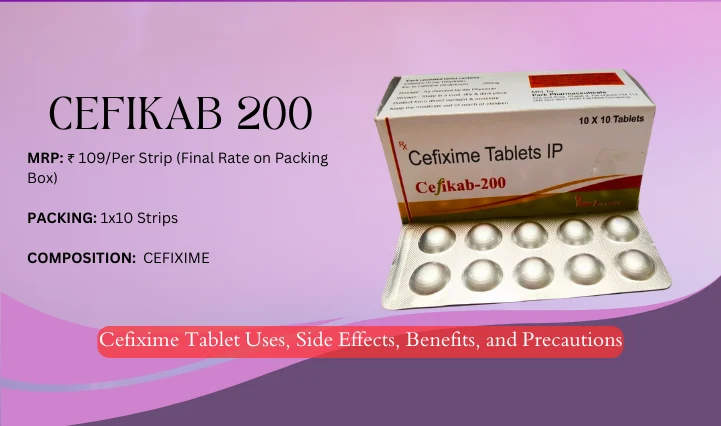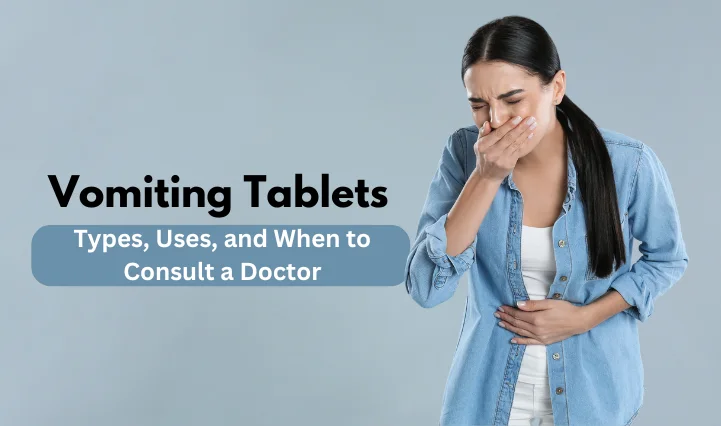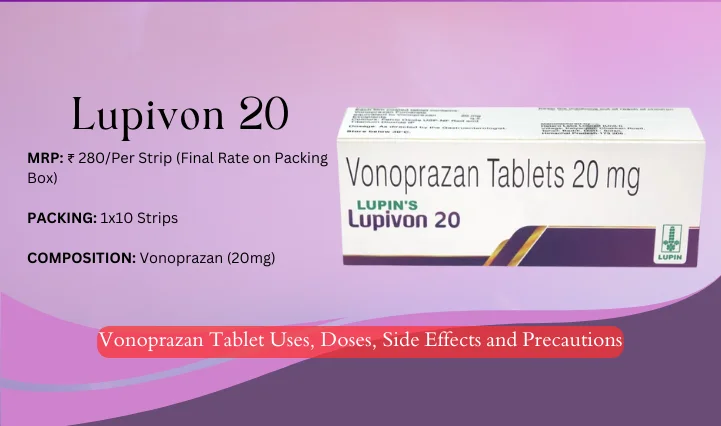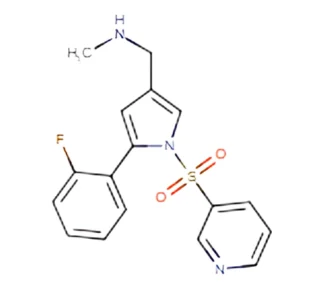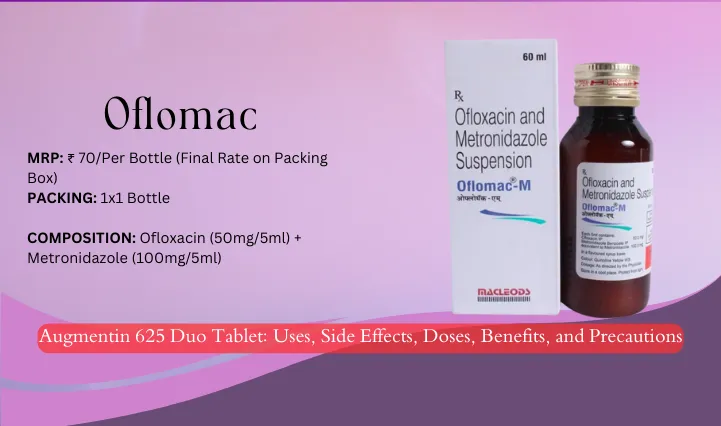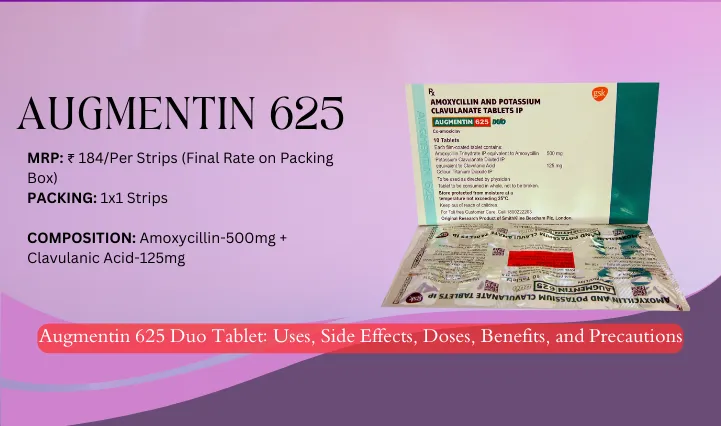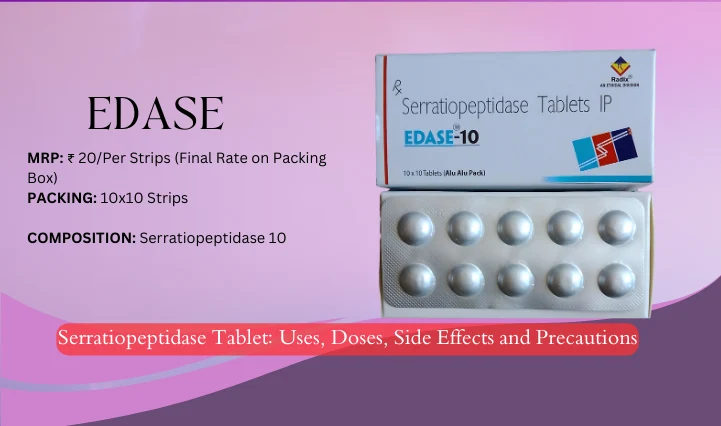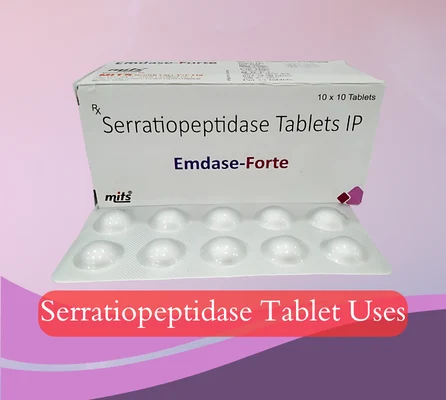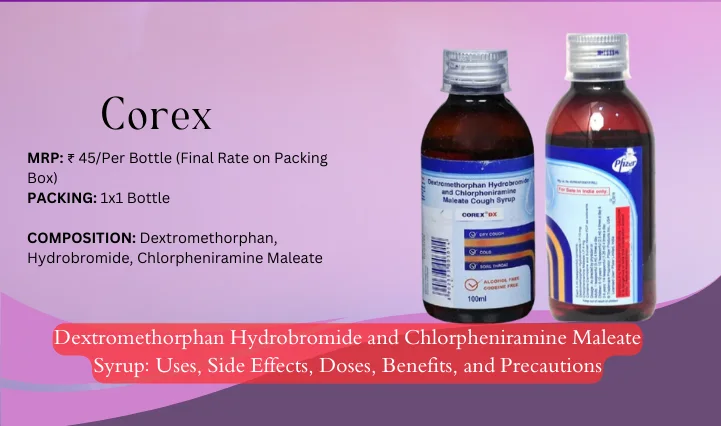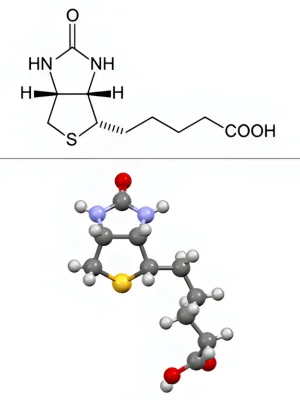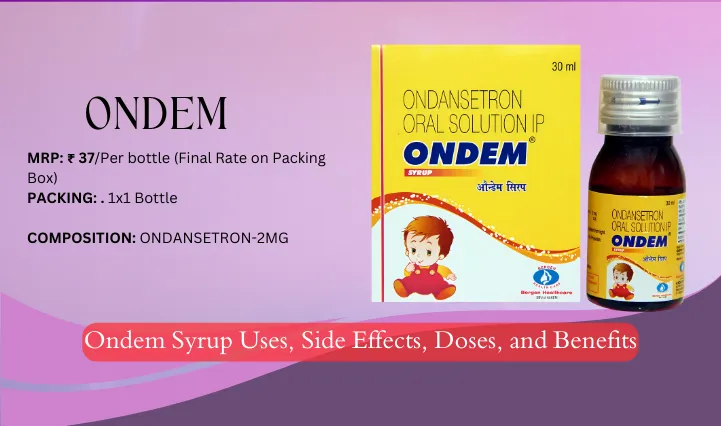Various drugs are used to treat different infections in the body. Cefixime is one of the drugs used to treat bacterial infections in the body. In this blog, you will get all the information about the Cefixime tablet including uses, dosage, benefits, side effects, and many more.
About Cefixime Tablet
Cefixime is an antibiotic medicine that is used to treat several bacterial infections in the body. It is sold under the brand name Suprax among others. It counters infections caused by bacteria like Gonorrhea (a sexually transmitted disease), Bronchitis (infection of the airway tubes leading to the lungs), and infections of the ears, throat, tonsils, and urinary tract. The medicine is in a class of medications known as Cephalosporin antibiotics.
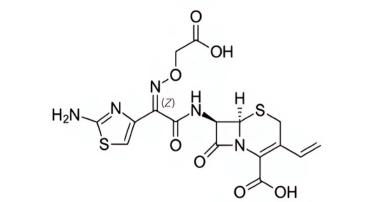
| Clinical data | |
| Trade names | Suprax, others |
| AHFS/Drugs.com | Monograph |
| MedlinePlus | a690007 |
| License data | US DailyMed: Cefixime |
| Routes ofadministration | By mouth |
| Chemical and physical data | |
| Formula | C16H15N5O7S2 |
| Weight | Average: 453.45Monoisotopic: 453.041289239 |
| Type | Small Molecule |
| Molar mass | 453.44 g·mol−1 |
| 3D model (JSmol) | Interactive image |
It is an antibiotic drug that will not work for cold, flu, or other viral or fungal infections. It treats various bacterial infections such as otitis media, pneumonia, gonorrhea, strep throat, urinary tract infections, and Lyme disease.
Cefixime was patented in 1979 but approved for medical use in the United States in 1989. It is also mentioned in the list of essential medicines by the World Healthcare Organization’s List of Essential Medicines. Also, it is available as a generic medication in the USA.
Unnecessary use of this medicine may increase the risk of getting an infection later that resists antibiotic treatment. The medicine is taken by mouth.
Important Note: Before using Cefixime medicine, you must consult a doctor or health care expert.
Cefixime Tablet Uses

Cefixime is used to treat sinus or bacterial infections in penicillin-allergic patients and many more including:
- Pneumonia
- Shigella (an infection that causes severe diarrhea)
- Salmonella (an infection that causes severe diarrhea)
- Typhoid fever (a serious infection that is common in developing countries)
How Does Cefixime Tablet Work?
Cefixime is an antibiotic that kills the bacteria which cause bacterial infection in the body. It works to protect the body from forming the bacterial protective covering (cell wall) that is essential for them to survive in the body.
Side Effects of Cefixime Tablet
Cefixime may cause some common side effects that your doctor tells you while taking this medicine. Some common side effects are mentioned below:
- Stomach pain
- Diarrhea
- Vomiting
- Gas
- Heartburn
- Nausea
Here are some uncommon side effects that are serious. If you experience these serious side effects contact your doctor and tell them about medical conditions. Those serious side effects are:
- Rash
- Itching
- Watery or bloody stools, stomach cramps, or fever during treatment or for up to two or more months after stopping treatment
- A return of sore throat, fever, chills, or other signs of infection
- Hives
- Swelling of the face, throat, tongue, lips, and eyes
- Difficulty breathing or swallowing
- Wheezing
Note: If you face any serious side effects, immediately consult your doctor or healthcare expert for treatment. Don’t ignore or take it easy on these serious side effects that may cause serious medical conditions in your body.
What Precautions Should be Taken?
- Don’t take Cefixime, if you are allergic to cephalosporin antibiotics including cefadroxil cefazolin (Ancef, Kefzol), cefepime (Maxipime), cefaclor (Ceclor), cefditoren (Spectracef), cefdinir, cefprozil, cefoxitin (Mefoxin), cefotaxime (Claforan), ceftaroline (Teflaro), cefpodoxime, cefotetan, cefuroxime (Zinacef), cefoxitin (Mefoxin), ceftazidime (Fortaz, Tazicef, in Avycaz), ceftibuten (Cedax), ceftriaxone (Rocephin), or cephalexin (Keflex); penicillin antibiotics, or any other medications.
- Tell your doctor what prescription and nonprescription medications, nutritional supplements, vitamins, and herbal products you are taking. So that your doctor changes or limits doses of the medicines or monitors carefully your side effects.
- Cefixime may decrease the effectiveness of hormonal contraceptives or birth pills, rings, injections, and patches). You may use another way to counter the pregnancy while taking cefixime.
- Tell or ask your doctor about another way of preventing pregnancy and birth control.
- Also tell your doctor if you have gastrointestinal problems, especially colitis or kidney or liver disease.
- Tell your doctor if you are pregnant or breastfeeding women. Cefixime may be harmful to your child.
What if You Miss a Dose?
- If by chance you miss a dose, take it as soon as possible before the time of the next dose. Give at least a 4-5 hours gap between the two doses, if you are near to the next dose time then don’t take your first dose and take the next dose on time.
- If you take the medicine as an overdose by accident and experience extreme side effects or symptoms that may include nausea, vomiting, diarrhea, Fluttering heartbeat, rash or itching, sweating, Breathing or swallowing trouble, etc., immediately consult your doctor.
- Do not take double or twice doses together, no doctor or any medical expert is recommended in this condition.
How should You keep Your medication?
- Store the Cefixime tablets at a room temperature of 20°C and 25°C (68°F and 77°F).
- Do not place the medicine under direct sunlight, heat, and moisture.
- Always keep the tablets in an original package to store them well.
- Do not keep the tablets in the freezer or an extremely cold place.
- Keep it out of reach of children and store it safely where kids can’t reach.
Drug Warnings or Expert Advice
Don’t take Cefixime tablets, if you are allergic to cefixime’s salts such as Cefzil, Omnicef, Ceftin, Keflex, and others. Before taking the medicine, tell your doctor about your allergy to penicillin.
Comparison of Cefixime with Amoxicillin
| Cefixime | Amoxicillin | |
| Composition | Inactive ingredients contained in Cefixime are dibasic calcium phosphate, lactose monohydrate, magnesium stearate, pregelatinized starch, and titanium dioxide. | It is an amino-penicillin, which is made by adding an additional amino group to penicillin. |
| Uses | Several bacterial illnesses, including bronchitis, gonorrhea, ears, throat, tonsils, and urinary tract infections, are treated with Cefixime. | It mainly treats bacterial infections such as tooth abscesses and chest infections (including pneumonia). |
| Side Effects | Upset StomachNausea and vomiting loss of appetiteVaginal itching or discharge increased urination during the night | Mild HeadacheFeeling hot or coldie or tightness in the chestDizzinessSpinning feeling |
Frequently Asked Questions
Ans. It is normally recommended for 7-14 days by the doctors. Take it to complete your course that is prescribed by the doctor.
Ans. Yes, it is safe for the kidneys when taken as saline medicine but when taken with aminoglycosides or other cephalosporins antibiotics, it may cause kidney damage. Take the medicine prescribed by your doctor.
Ans. Cefixime is effective against various bacteria, including Haemophilus influenzae, Streptococcus pneumoniae, Neisseria gonorrhoeae, and Escherichia coli, among others.
Ans. Yes, cefixime is commonly used to treat urinary tract infections (UTIs) caused by susceptible bacteria.
Disclaimer: We are not any professional experts in the medical field and we write all the information after researching on the internet. The motive of this blog is to provide information about this medicine. Before taking any action regarding the use of Cefixime tablets, please consult and seek guidance from a qualified doctor. Do not rely solely on the information provided here.

